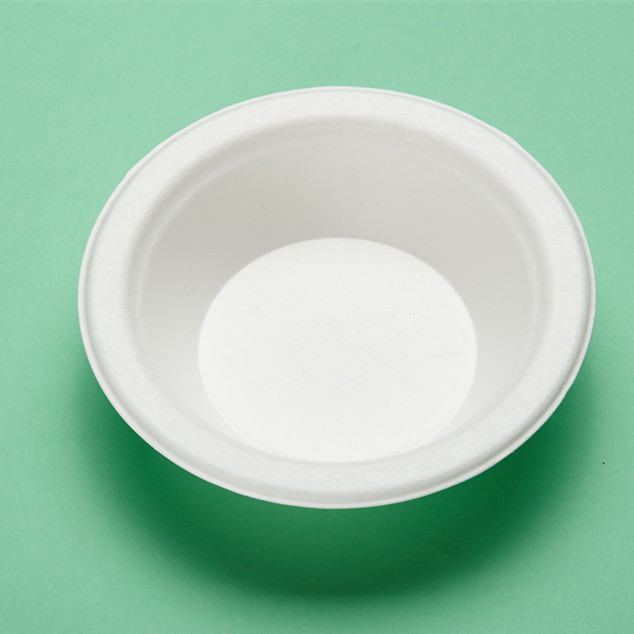Introduction
As the world becomes increasingly conscious of environmental sustainability, restaurants are finding innovative ways to reduce their ecological footprint. One significant step in this direction is adopting biodegradable tableware. These eco-friendly alternatives not only align with global sustainability goals but also appeal to environmentally aware consumers. Choosing the best biodegradable tableware for your restaurant involves considering several factors to ensure you provide quality service while minimizing environmental impact.
Assessing Material Composition
The first step in selecting biodegradable tableware is understanding the materials used. Common materials include cornstarch, sugarcane, bamboo, and palm leaves. Each material has its own set of benefits and drawbacks. For instance, bamboo is sturdy and versatile, making it ideal for a variety of dishes, while sugarcane and cornstarch are excellent for plates and bowls due to their lightweight nature. Evaluating the pros and cons of each material will help you determine which type of tableware best suits your restaurant's needs.
Evaluating Durability and Functionality
Biodegradable tableware must be durable enough to handle the demands of a busy restaurant environment. It's essential to choose products that can withstand hot and cold foods without compromising their structural integrity. Additionally, consider the functionality of the tableware. Does it come in various sizes and shapes to accommodate different menu items? Ensuring that the tableware is practical and user-friendly will enhance your customers' dining experience.
Considering Cost and Availability
While the environmental benefits of biodegradable tableware are clear, cost and availability are also crucial factors. Conduct a cost-benefit analysis to understand how switching to biodegradable options will impact your budget. Look for suppliers who offer competitive pricing without sacrificing quality. Additionally, ensure that the chosen products are readily available to avoid supply chain disruptions. Establishing a reliable partnership with your supplier can help maintain a consistent stock of tableware.
Checking Certifications and Compliance
To guarantee the quality and environmental benefits of biodegradable tableware, it's important to check for certifications and compliance with industry standards. Certifications from reputable organizations, such as the Biodegradable Products Institute (BPI) or the Forest Stewardship Council (FSC), provide assurance that the products meet specific environmental and performance criteria. This step not only ensures you are investing in genuinely eco-friendly products but also enhances your restaurant's credibility among environmentally conscious customers.
Prioritizing Aesthetics and Customer Appeal
Finally, the aesthetic appeal of your tableware plays a significant role in the overall dining experience. Choose biodegradable tableware that aligns with your restaurant's theme and decor. Whether you opt for a rustic, natural look or a sleek, modern design, the right tableware can enhance the visual appeal of your dishes and create a memorable dining experience for your customers. Investing in attractive, high-quality biodegradable tableware can also be a unique selling point, setting your restaurant apart from competitors.
Conclusion
Selecting the best biodegradable tableware for your restaurant involves a careful balance of material selection, durability, cost, compliance, and aesthetics. By thoroughly evaluating these factors, you can make an informed decision that not only supports your sustainability goals but also elevates your customers' dining experience. Embracing biodegradable tableware is a tangible step toward a more sustainable future, reflecting your restaurant's commitment to environmental responsibility.





Comments